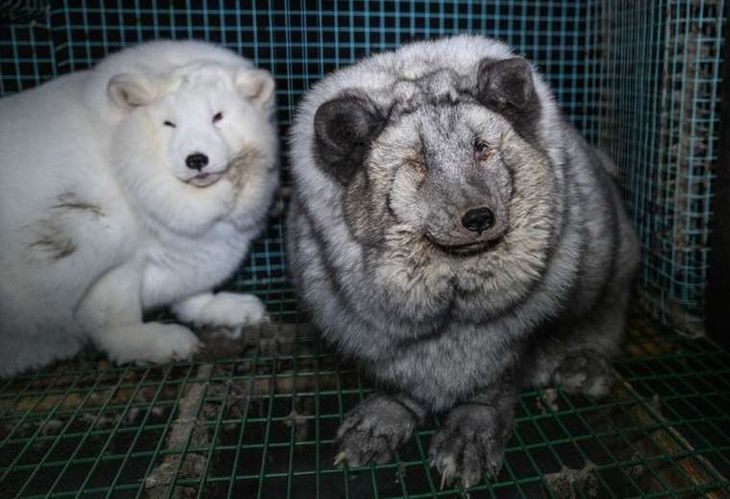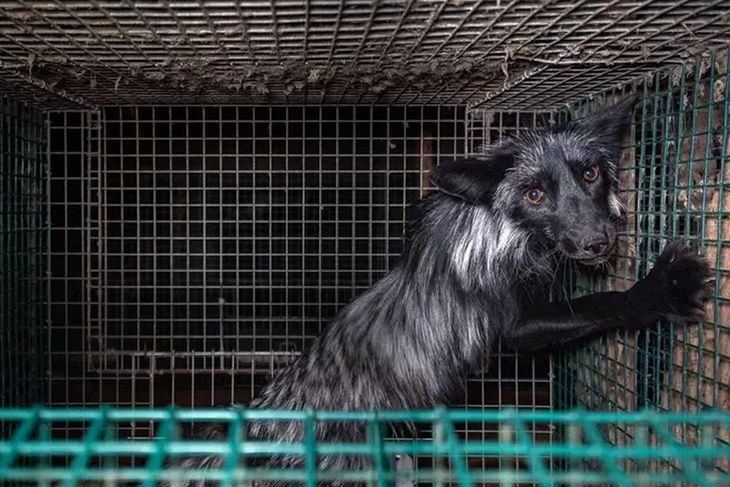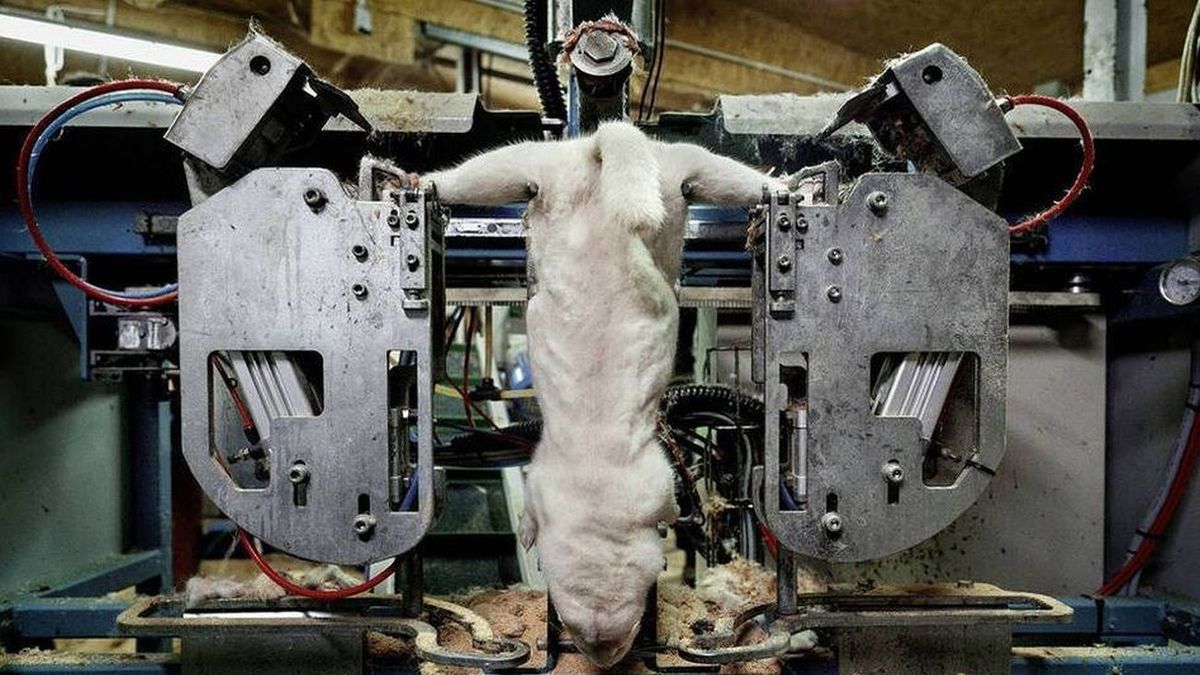The new videos and photos taken in 2022 in six finnish farmsfour of which are certified for their good treatment, illustrate the controversy surrounding the sector, which tries to counter calls for its ban.
“Fur farming should already be banned in Finland. I find it regrettable that it still isn’t,” said Mai Kivela deputy from the Left Alliance, which is part of the ruling coalition.
animal skins.jpg
Animal husbandry in Finland
In December, a european citizens initiative who called for a ban on the entire European Union (EU) reached one million signatures, enough to force a response from the European Commission.
Several Member States have already banned breeding, but the call seeks to extend it to 27 as it is considered a “cruel by nature” practice.
Animals.jpg

In Finland, Prime Minister Sanna Marin, under pressure from her partners in the Left Alliance and the Greens, announced in 2020 that she supported the ban.
But the head of government failed to muster a majority in Parliamentwhere many deputies defend a sector that generates 360 million euros (about US$390 million) in exports, 3,000 jobs and that is vital for certain rural regions.
The videos, recorded without authorization, were obtained by the Finnish association Oikeutta Eläimille (Justice for Animals).
Animals in Finland.jpg

The business group of the sector, the Finnish Fur Animal Breeding Association (FIFUR), confirmed that four out of six farms identified by environmentalists have a sanitary quality certificate.
Interests economic
Locked in clearly very small metal cages, giant breed foxes with extremely thick fur turn up there with eye diseases and ear and tail infections.
“The living conditions of those animals on those farms are downright terrible”said an activist from the association, Kristo Muurimaa.
Foxes, unable to meet their movement needs, are susceptible to behavioral illnesses, such as compulsive pacing, he explained.
According to the association, the animals are subjected to excessive crossbreeding to increase their size, which leads, for example, to the deformation of their skins.
Source: Ambito
David William is a talented author who has made a name for himself in the world of writing. He is a professional author who writes on a wide range of topics, from general interest to opinion news. David is currently working as a writer at 24 hours worlds where he brings his unique perspective and in-depth research to his articles, making them both informative and engaging.




